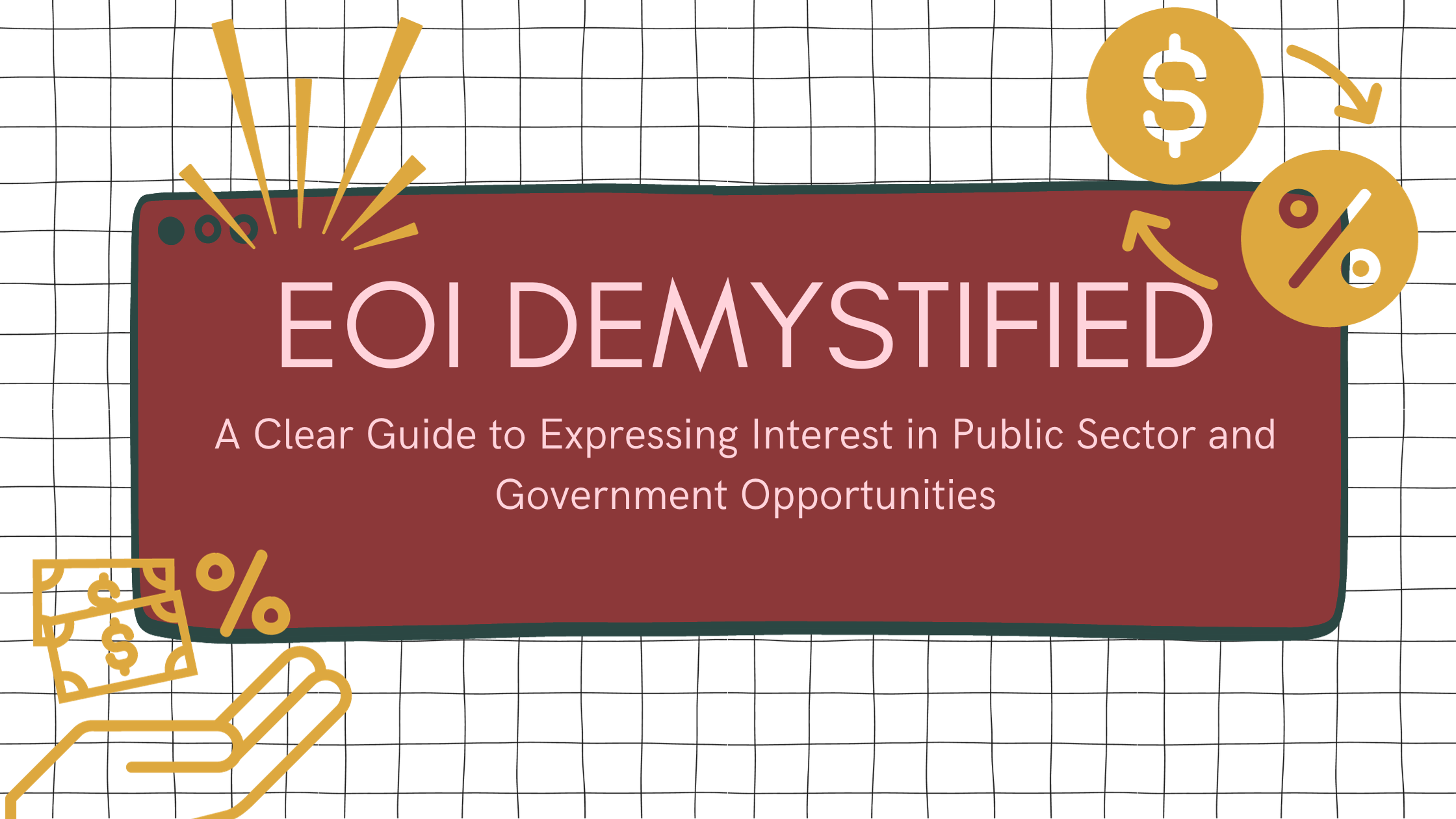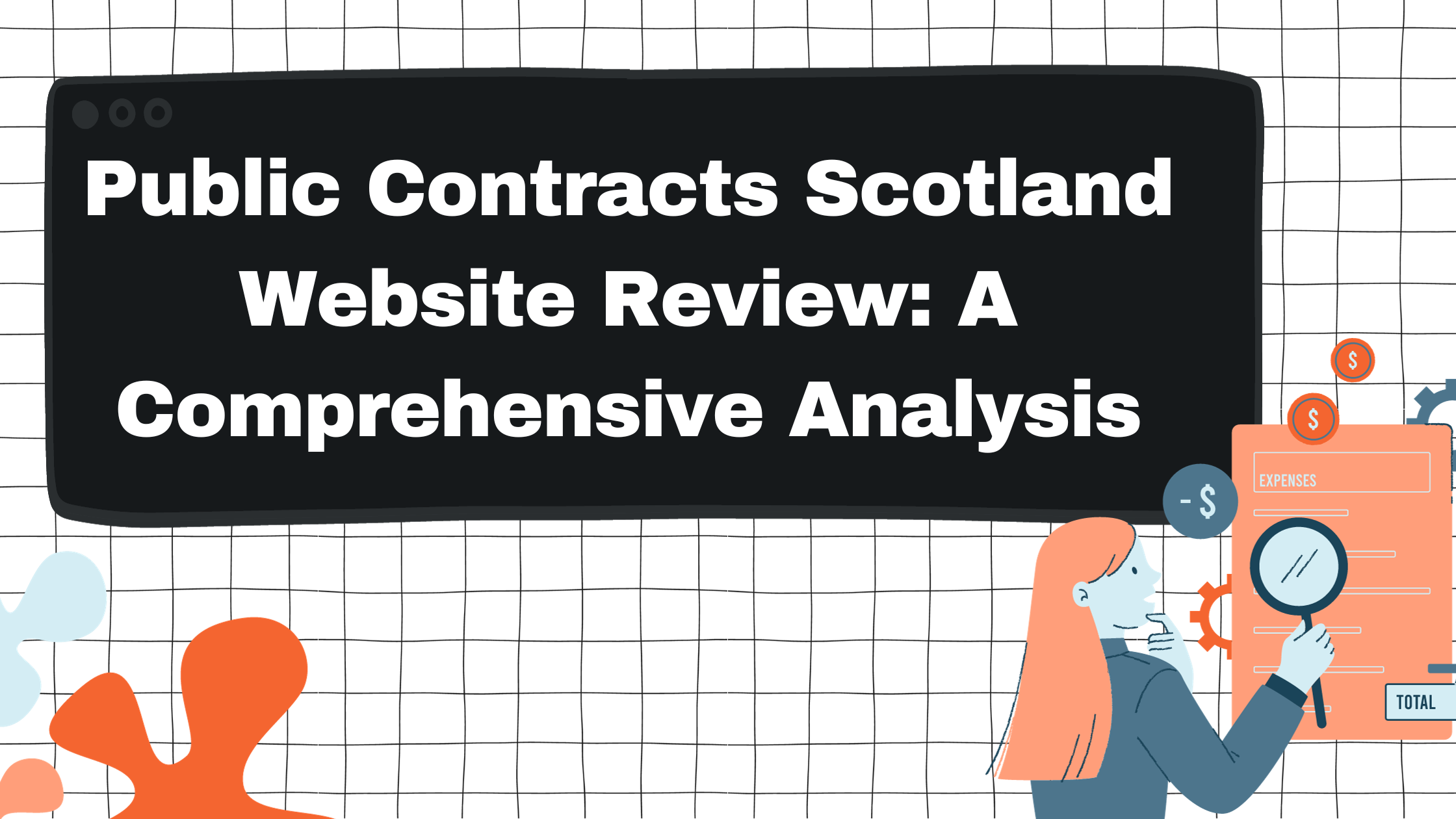Ultimate Guide to Proposal Writing Services and RFP Writing for Successful Vendor Selection

Need Help with Your Bid?
Get in touch by filling out the form and one of our advisors will be in contact.
Contact Us
Creating a Request for Proposal (RFP) process can be a game changer for any organization looking to find the best vendors while minimizing costs and risks. The RFP process is designed to be a systematic, objective approach to sourcing and purchasing that ensures transparency and fairness. By clearly defining the project boundaries, scope of work, and evaluation criteria, we can streamline vendor selection and secure contracts that align with our business goals.

When we start the RFP process, it's vital to engage with key stakeholders early on and gather all necessary information about project requirements and objectives. This step helps us create a comprehensive RFP document that outlines the scope of work, submission guidelines, and timelines. Throughout this journey, evaluating the responses and shortlisting potential vendors becomes crucial in choosing the most suitable partner for our needs.
As we finalize and implement the outcome of our RFP, managing the contract, and ensuring all parties are aligned with the objectives is essential for success. By following a diligent and structured approach, we can achieve our goals and build stronger vendor relationships.
Key Takeaways
- The RFP process ensures a systematic and fair vendor selection.
- Engaging stakeholders and defining requirements is crucial.
- Managing and aligning contract objectives is essential for success.
Understanding the RFP Process
Creating an effective Request for Proposal (RFP) involves several key steps, each crucial for ensuring a successful procurement process. Below, we will outline how to define business goals and objectives, set clear timelines and deadlines, and draft a comprehensive RFP document.
Defining Business Goals and Objectives
First, we need to clearly define our business goals and objectives. This helps ensure that the RFP aligns with what our organization needs.
Identifying these goals allows us to better understand the scope of the product or service we require. For instance, if our goal is to improve customer service, we should focus on solutions that enhance user experience.
Listing specific objectives in the RFP helps vendors to tailor their proposals to our requirements. This might include compliance requirements, budget constraints, and desired outcomes.
Aligning the RFP with our project goals ensures that all potential vendors can provide relevant and useful proposals.
Setting Clear RFP Timelines and Deadlines
Timelines and deadlines are essential for maintaining order in the RFP process. Setting a realistic timeline allows users to track progress and stay on schedule.
We should decide on key milestones, such as when the RFP will be issued, deadlines for vendor questions, and the final submission date.
Clearly communicating these deadlines to potential vendors ensures that everyone is on the same page. It also helps avoid last-minute rushes that can lead to errors or incomplete proposals.
Including buffer periods for review and possible revisions helps ensure that the entire process runs smoothly.
Drafting a Comprehensive RFP Document
Drafting a comprehensive RFP document is the cornerstone of the RFP process. It starts with an RFP template that includes sections like project scope, requirements, and evaluation criteria.
We should be as specific as possible about our needs. For instance, if we're looking for a software solution, detailing the necessary features and performance metrics is essential.
Including an RFP sample can offer vendors a clear idea of what we're expecting. This can be supplemented with details about our organization, project goals, and any compliance requirements.
Ensuring the document is clear and detailed helps prevent misunderstandings and sets the stage for receiving well-prepared proposals.
Vendor Evaluation and Selection

In this section, we will cover how to identify potential vendors, develop evaluation criteria, and conduct vendor presentations and negotiations. This process ensures we choose the best partner for our needs.
Identifying and Qualifying Potential Vendors
First, we need to identify and qualify potential vendors. We start by reviewing RFP responses to see which vendors meet our initial qualifications. Key factors to consider include:
- Experience: Does the vendor have relevant experience?
- Capabilities: Can they meet our specifications?
- Reputation: What do their previous clients say about them?
We might use online resources and industry contacts to find more about each vendor. Once we have a list, we can narrow it down to those who meet our basic qualifications.
Developing Evaluation Criteria and Scoring Methods
Creating clear evaluation criteria is critical for fair and objective vendor selection. We typically look at:
- Quality of Proposal: How clear and comprehensive is the vendor's submission?
- Cost: Are their bids within our budget?
- Technical Capabilities: Do they have the technology and expertise we need?
We assign weights to each criterion, developing a scoring method. For example:
CriteriaWeightProposal Quality30%Cost25%Technical Capabilities30%Vendor Reputation15%
This scoring helps us make a balanced decision that considers all important factors.
Conducting Vendor Presentations and Negotiations
After we have shortlisted the vendors, we invite them for presentations and negotiations. These presentations allow vendors to explain their proposals in detail and answer any questions we might have.
During negotiations, we discuss the terms of the contract, ensuring they align with our requirements and budget. We also gauge the vendor's willingness to be flexible and responsive to our needs.
Effective negotiation aims to reach a mutually beneficial agreement, ensuring we secure a reliable partner who can deliver on their promises.
Effectively Managing the RFP Process
Ensuring transparency, maintaining accountability, and leveraging technology are critical components in effectively managing the RFP process. Proper management helps in achieving a successful procurement that meets the project's needs.
Ensuring Transparency and Fairness During the Procurement
Transparency and fairness in procurement are essential. We must ensure all vendors have equal access to information. This involves clearly defining the scope of work and project boundaries in the RFP document.
Holding an open Q&A session can help address any uncertainties. By doing so, we encourage competitive bidding, ensuring all vendors are on a level playing field.
Regularly updating stakeholders on the process helps in maintaining transparency. Keeping records of all communications and decisions also supports this goal. This practice aligns with our project management strategies and guarantees a fair process.
Maintaining Accountability and Effective Communication
Accountability and clear communication go hand in hand. We assign specific responsibilities to managers and project managers to ensure every part of the RFP process is handled efficiently.
Tracking milestones and deadlines in tools like Excel or project management software helps in monitoring progress. Regular check-ins and detailed reports keep everyone updated.
Effective communication also involves providing timely technical support to vendors. Responding promptly to their queries ensures they can submit well-prepared proposals. This promotes a smooth procurement process, fulfilling our business requirements without delays.
Leveraging Technology for Efficient RFP Management
Using technology effectively can streamline the RFP process. Various procurement and project management platforms offer features that simplify tasks like drafting, distributing, and evaluating RFPs.
These tools can automate parts of the process, such as sending reminders to vendors about deadlines or distributing documents. Leveraging technology also means we can maintain a secure and organized database of all proposals and communications.
Utilizing software for sourcing and managing shortlists can help us quickly identify the most suitable vendors. This technology supports a more efficient, organized, and transparent RFP process, enhancing our ability to select the best vendor while respecting the project budget.
Finalizing and Implementing the RFP Outcome

After evaluating responses and selecting a vendor, we move on to finalizing the contract and planning implementation. This involves awarding the contract, confirming all project details, and ensuring a smooth start and follow-up for the project.
Awarding the Contract and Finalizing Details
The first step is awarding the contract to the chosen vendor. This involves notifying the selected vendor and discussing the final agreement.
We focus on key areas like pricing, deliverables, and the project timeline. Clear communication ensures that both parties understand their responsibilities and expectations.
Negotiations may be necessary to iron out details such as the financial structure and support requirements. It's crucial to review the vendor's track record and customer testimonials to confirm they can meet our business goals.
Once both parties agree, we sign the contract. This formal document outlines the detailed terms and safeguards the interests of our organization.
Planning for Project Implementation and Follow-up
Proper planning is vital for a successful project start. We draft a detailed implementation plan that includes key deliverables, milestones, and deadlines.
Defining roles and responsibilities within our team and the vendor's team helps ensure smooth coordination. Regular check-ins and updates are essential to monitor progress and address any issues promptly.
It's also important to have a follow-up plan. We set up periodic evaluation meetings to review the project's progress against our objectives.
A well-structured follow-up process enables us to make adjustments as needed. By planning these stages carefully, we aim to achieve our desired outcomes efficiently.
Frequently Asked Questions
Creating a successful Request for Proposal (RFP) process means understanding key components, effective evaluation methods, and timeline management. We also need to differentiate between governmental and private sector RFPs to ensure fairness and transparency.
What are the key components to include in an RFP?
An RFP should include a clear description of the project. This means detailing the scope of work, objectives, and timeline.
We should also provide evaluation criteria and submission guidelines. Contact information for clarifications should not be overlooked.
How can one effectively evaluate RFP responses?
Evaluating RFP responses requires a structured approach. We should establish a scoring system based on the criteria specified in the RFP.
It's important to compare responses side-by-side to assess their strengths and weaknesses. We must ensure that the evaluation process is fair and unbiased.
What are the best practices for defining the scope of work in an RFP?
Defining the scope of work clearly is crucial. We should describe the project tasks, deliverables, and milestones.
Being specific about expectations helps vendors provide accurate proposals. Including detailed timelines and requirements ensures clarity for all parties involved.
Can you detail the typical timeline for an RFP process?
The timeline for an RFP process includes several key steps. Initially, it involves drafting and issuing the RFP.
Next, we need to allocate time for vendors to ask questions and submit proposals. Finally, the process concludes with an evaluation period and decision-making phase.
How do governmental RFP processes differ from private sector ones?
Governmental RFP processes often have stricter regulations. There are usually more specific compliance requirements and transparency needs.
We need to follow standardized procedures and ensure public accountability. On the other hand, private sector RFPs might allow more flexibility and quicker decision-making.
What steps should be taken to ensure a fair and transparent RFP process?
Ensuring fairness involves creating consistent evaluation criteria. We should document all decisions and communications thoroughly.
Maintaining transparency means providing all vendors with equal access to information. Encouraging open communication and addressing any ambiguities promptly are also important steps.
For more detailed guidance, you can explore this RFP process guide.
Ready to start your search?
Get in touch by filling out the form to the right and one of our advisors will curate a personalised selection for you.
Get in touchBlogs. Guides. Helpful advice.

Mastering Proposal and RFP Writing for Government and Public Sector Opportunities

Proposal and RFP Writing Services: Enhancing Public Sector Tender Outcomes

.svg)